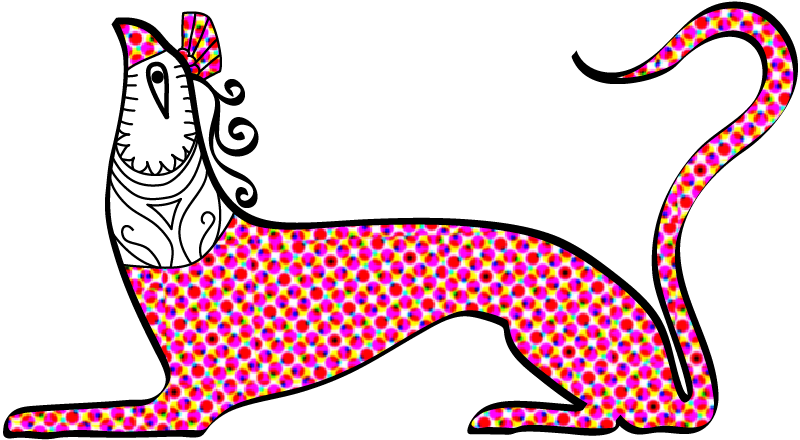Archaeological Society at Athens
The schedule of online lectures at the Archaeological Society at Athens for spring 2022. All lectures will be held at 6-7 pm on Zoom at https://zoom.us/j/96289182315?pwd=eEVFYTBRYnpMOGtQdGo4bU12S2RuZz09.
19 January 2022: Α. Βλαχόπουλος, “Βαθύ Αστυπάλαιας. Ένα διαχρονικό παλίμψηστο της Αρχαιολογίας του Αιγαίου”
2 February 2022: Ι. Βαραλής, “Η παλαιοχριστιανική βασιλική της Κάτω Σικυώνας (Κιάτου): παλαιές και νεώτερες έρευνες”
16 February 2022: Χ. Τελεβάντου, “Ανασκαφή Στρόφιλα Άνδρου. 25 χρόνια ερευνών (1997-2022)”
23 February 2022: Π. Θέμελης, “Αρχαία Μεσσήνη. Πρόσφατες έρευνες”
9 March 2022: Μ. Μαρθάρη, “Καστρί Σύρου: οι νέες έρευνες στην ‘Ακρόπολη της Χαλανδριανής’”
16 March 2022: Γ. Παπασάββας, “Το Ιερό του Ερμή και της Αφροδίτης στη Σύμη Βιάννου στην Κρήτη: Ανασκόπηση των ανασκαφών και της έρευνας”
23 March 2022: Έ. Κουντούρη, “Η αρχαιολογική έρευνα των ετών 2018-2021 στη μυκηναϊκή ακρόπολη του Γλα Βοιωτίας: νέα δεδομένα και μελλοντικές προκλήσεις”
30 March 2022: Χ. Τελεβάντου, “Ανασκαφή Αγ. Ανδρέα Σίφνου. Η μυκηναϊκή ακρόπολη και η επανακατοίκησή της κατά τους ιστορικούς χρόνους”
6 April 2022: Μ. Κοσμόπουλος, “Η ανασκαφή στην Ίκλαινα. Νέα συμπεράσματα για το μυκηναϊκό βασίλειο της Πύλου”
ARU
The schedule of lectures at the 57th Public Lectures Series of the Archaeological Research Unit (ARU) of the University of Cyprus has been announced for spring 2022, focusing on the “Archaeology of islands.” All lectures will be held at 7:30 PM (EET) virtually via ZOOM. They are free and open to the public, but registration is required for access before each event starts at https://ucy.zoom.us/meeting/register/tJcpf--srzgrG9DU1MDxpTwQ7BOgdG6ySOfj. Further information is available at https://www.ucy.ac.cy/aru/documents/Lectures/57th_Public_Lecture_Series.pdf.
31 January 2022: S. M. Fitzpatrick, “Currents and commodities: How oceanographic effects influenced the prehistoric colonization of islands”
7 February 2022: M. Marthari, “Τα αποτελέσματα των πρόσφατων ανασκαφών στον μείζονος σημασίας Πρωτοκυκλαδικό ΙΙ οικισμό του Σκάρκου της Ίου”
14 February 2022: S. Vakirtzi, “Textiles and identities in the Bronze Age Aegean”
21 February 2022: R. B. Koehl, “The cult statue rendered on a Mycenaean krater from Cyprus”
28 February 2022: G. Vavouranakis, “Anthropocentric and non-anthropocentric approaches to human-environment relations in south-central Crete during the Early Bronze Age”
14 March 2022: N. Efstratiou, “Ζητήματα συνέχειας στην κυπριακή προϊστορία: Η περίπτωση της αναβαθμίδας του Ρουδιά στην ορεινή Κύπρο”
21 March 2022: J. Driessen, J. Bretschneider, and A. Kanta, “Rethinking Pyla Kokkinokremos: A late 13th-century BC fortified settlement in Cyprus”
28 March 2022: J. S. Smith, “An urban sanctuary at Marion in the Cypro-Archaic period”
4 April 2022: S. Fourrier, “Classical Kition”
11 April 2022: A. W. Carr, “The cave church of St. Marina at Qalamoun: A richly rewarding shared project”
2 May 2022: A. Yangaki, “Hidden in plain sight: Bacini, their meanings and messages”
9 May 2022: I. Hadjikyriakos “Bidding for the used: Public auctions in 18th-century Larnaca”

